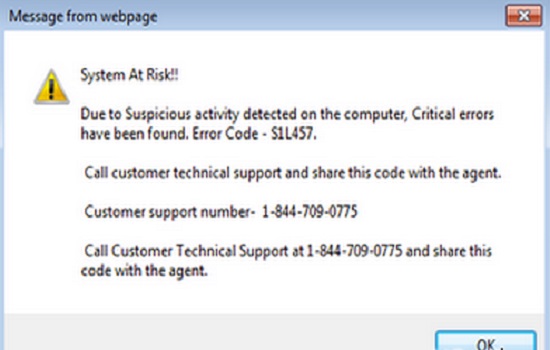When most people think of bug bounties, they often think of the big players like Google and Facebook, which offer $20,000 to $30,000 and $10,000 respectively. But in this day and age, many companies are now offering much more significant payouts to those who find bugs in their products or services. Let’s take a look at some examples from around the web.

What is a bug bounty program?
Bug bounties are a way of paying hackers to find vulnerabilities in software. They are a low-cost way for businesses to find security flaws before they cause problems, and without having to disclose the bug publicly. This can be risky, but it could also lead to a major payout.
Bug bounty programs have been around since at least 1995 when Netscape offered them as an incentive for people to find bugs in their software. These days, most bug bounties offer cash rewards ranging from $500-$10,000 or more. The highest known bug bounty payout so far is for a Facebook vulnerability that was worth $15,000. So if you’re good enough and you know what to look out for, then bug bounties might just be your best option for hacking on the side.
Bug bounties aren’t limited to tech companies either. There are now financial institutions that offer bug bounties of up to one million dollars as well. For instance, JP Morgan Chase offers rewards up to one million dollars if someone manages to hack into their system without any social engineering whatsoever (just straight up finding bugs). On the other hand, there are less generous banks that only offer five hundred thousand dollars – with restrictions on how much information the hacker needs before revealing bugs found too!
A Look at the Numbers
The top three platforms for bug bounties are HackerOne, Bugcrowd, and Synack. HackerOne is the largest and has over 5500 companies that participate in their program. HackerOne pays out an average of $1300 per bug on their platform. Bugcrowd has over 3000 companies participating in their bug bounty program and they pay out an average of $900 per bug. Synack is a relatively new company that specializes in mobile apps and they have an average payout of $350 per bug.
Should You Participate in Bug Bounty Programs?
Bug bounty programs are a great way to make money, but there are some drawbacks. Due to the vulnerability rewards program’s structure, it can be difficult to tell if you’re earning more or less than your peers. Secondly, there’s a risk of over-rewarding hackers in light of recent high-profile data breaches that have resulted in extreme financial losses for companies and users alike. Finally, bug bounty programs are typically used by companies with well-established security practices and not those still struggling to get their security measures up to snuff.
Are There Any Risks Involved In This Process
There are a few risks involved with bug bounty programs. The biggest is that you may report an issue that has already been reported by someone else, and your bounty will be split between the two of you. Another risk is that malicious actors may take advantage of the program and create fake vulnerabilities in order to exploit people’s good intentions, which could result in lost funds and data.
Bug bounties are a great way to make money hacking on technology, but they’re not without their risks.
10 Steps to Get Started with HackenProof
Bug bounties are a way to increase the security of your product. But how do you get started with them? These 10 steps will show you how easy it is to start getting paid for identifying bugs in products.
1) Sign up on HackenProof 2) Get verified 3) Start searching 4) Report a bug 5) Follow up on your report 6) Get rewarded 7) Stay focused 8) Become an expert 9) Share your findings 10) Spread the word
What Kind of Vulnerabilities Do HackenProof Buyers Look For and Pay For
At HackenProof, buyers are looking for three types of vulnerabilities: remote code execution (RCE), SQL injection and cross-site scripting. They pay between $200 and $5000 per vulnerability, depending on how big the bug is and how easy it is to reproduce.






